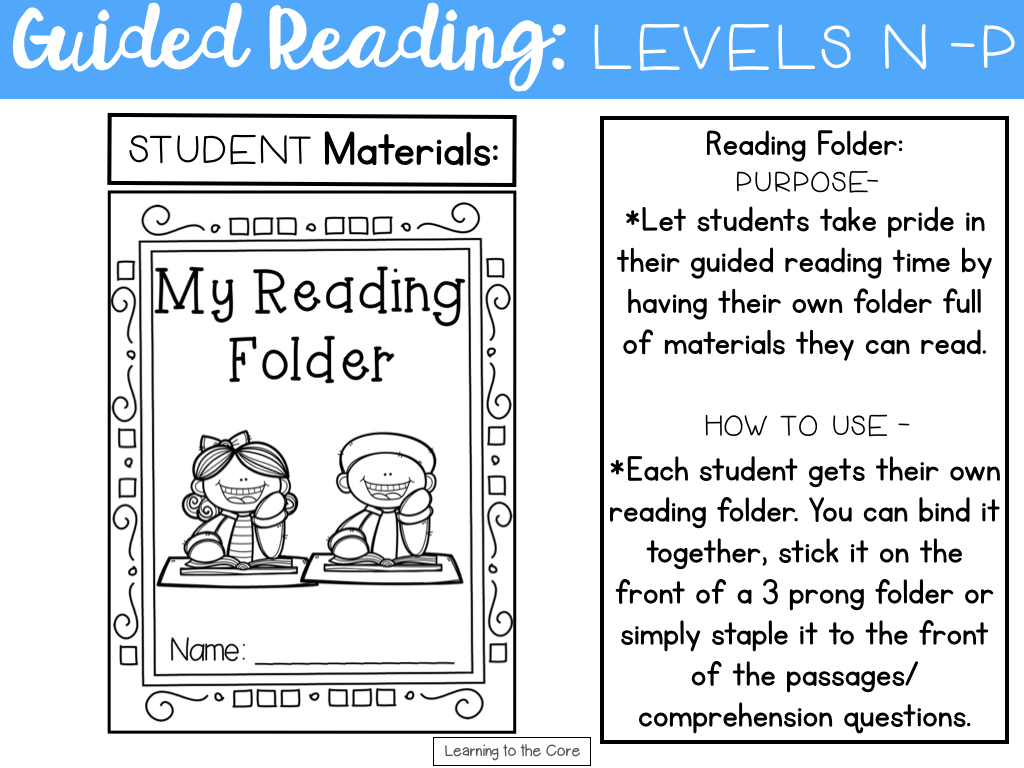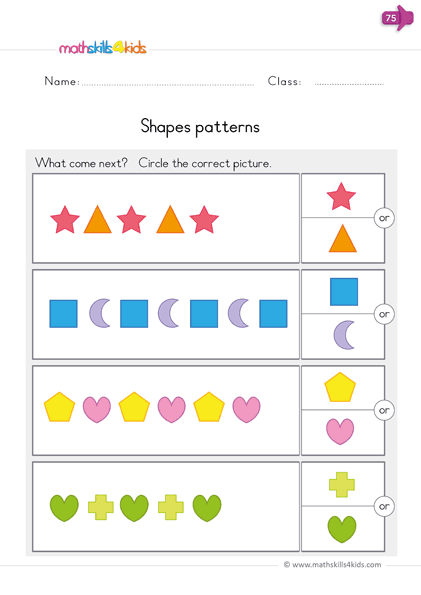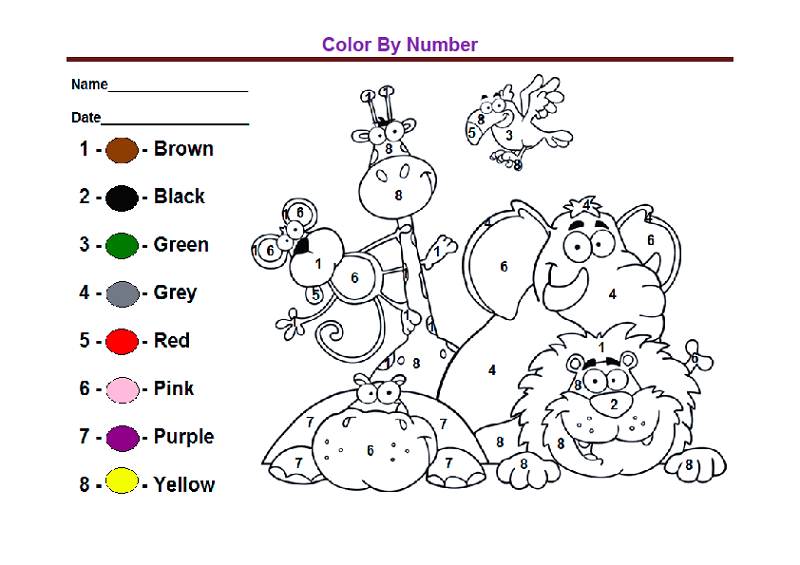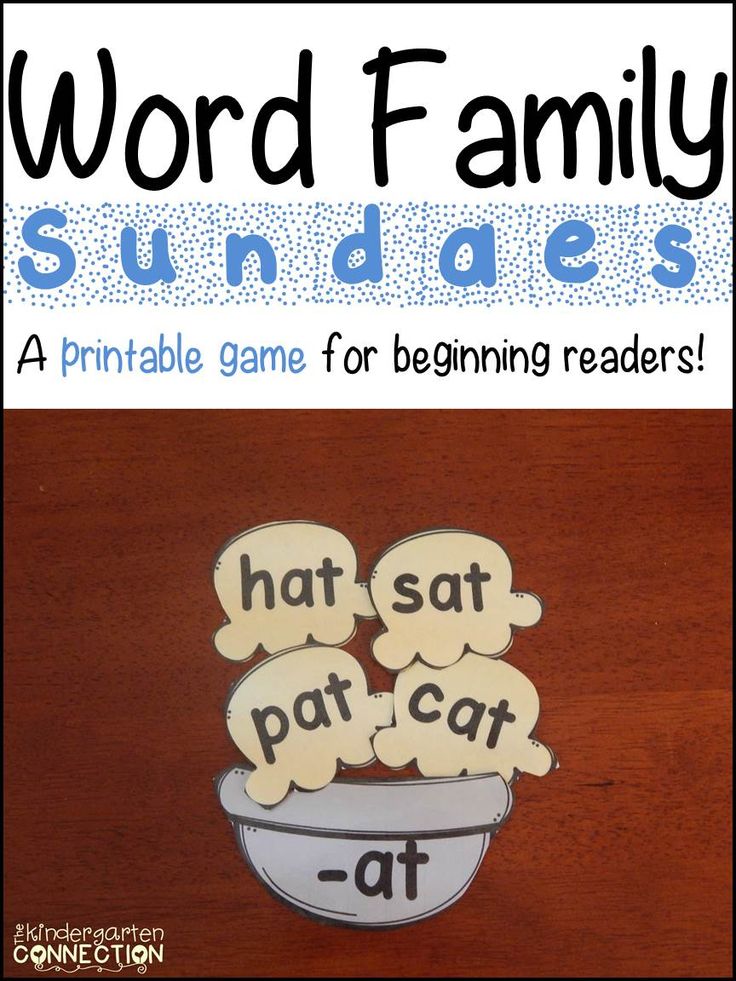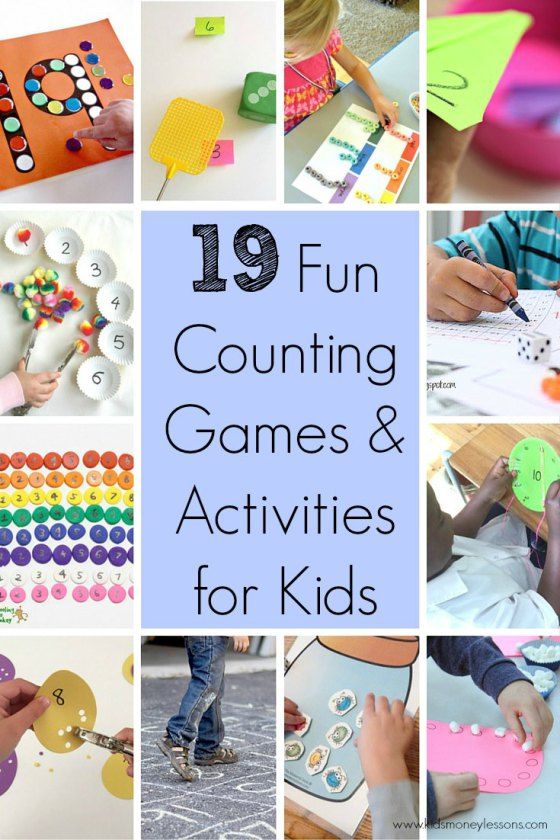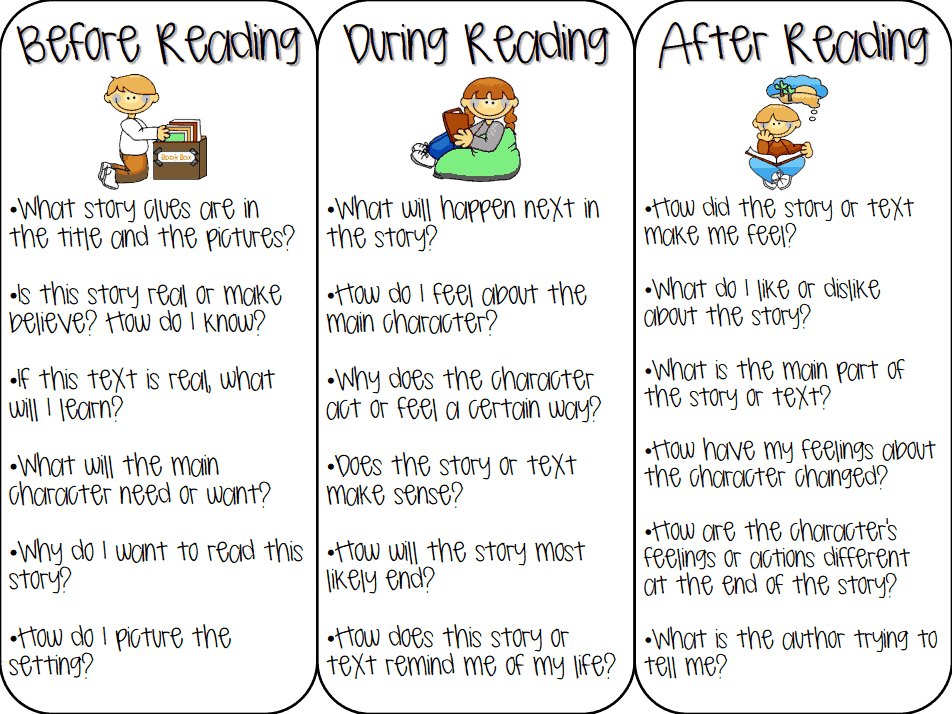Reading fluency for kindergarten
Fluency: Activities for Your Kindergartener
Your kindergartener is at the beginning stages of reading, and is working hard to master letter sounds, decode simple words, and recognize common sight words. You want to support these new reading skills without putting too much pressure on your child to read more quickly and with more expression. That kind of natural-sounding fluency comes with lots and lots of practice.
You can start gently to build your child's fluency with the activities provided here. Remember that every child develops at a different pace, and your child may not be ready for some of these activities until first grade.
What does a fluent reader in kindergarten look like?
Try these fluency activities at home
Choose the right books
Help your child choose books that he can comfortably read. The "five-finger test" is a useful guideline for beginning readers. As your child reads, count the number of words he cannot read per page. In general, there should be five words or fewer that give him trouble on each page. If a book contains several pages on which you count more than five words that he can't read, consider reading that book to your child until he develops more reading skill.
Listen every day
Once you've found a collection of books that your child can read, listen to your child read every day. Be patient — new readers often read slowly! Offer help when your child gets stuck, and always give lots of praise and encouragement.
Reread favorite books
Building fluency takes a lot of practice! Keep a collection of books that your child can read quickly and easily. Encourage your child to reread favorite books over and over again. With each reading, you may notice your child reading a bit easier, a bit faster, and with a bit more confidence and expression.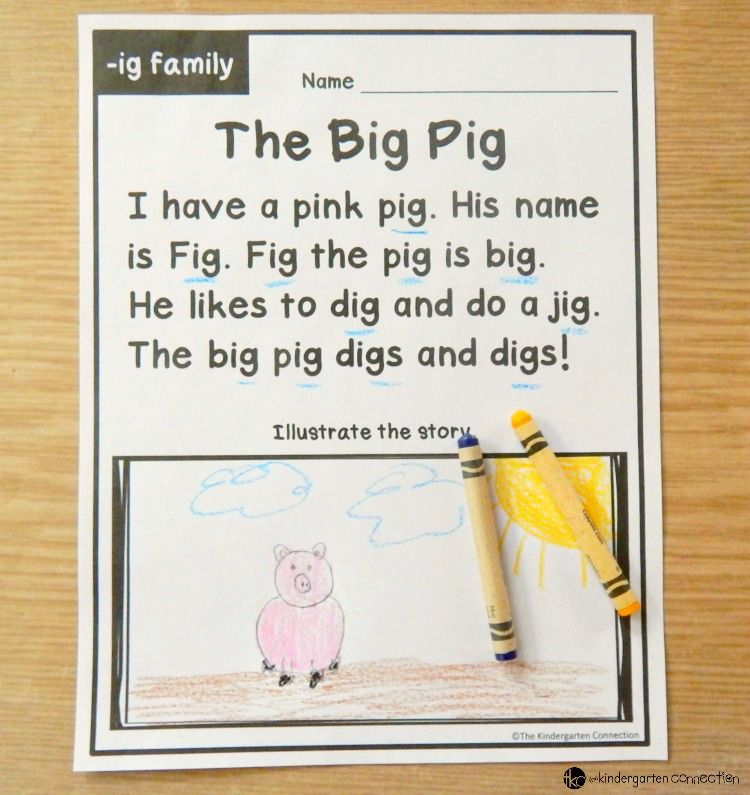
Read to your child every day
Model your own fluent reading as you read and reread books with your child. Even though your child may be able to read on her own, continue to find time each day to read books to her that are just beyond her reading level. She will enjoy listening to more advanced stories, and she will hear a great example of fluent reading — how you change your expression throughout a story and read with ease. Your child will hear how you raise your voice at the end of question sentence or how you change your voice for different characters.
Paired or "buddy" reading
Take turns reading aloud. You go first, as your reading provides a model of what good fluent reading sounds like. Then, ask your child to re-read the same page you just read. You'll notice that your child's reading will start to sound more and more like yours. Do this for several pages. Once your child is comfortable enough, and familiar enough with the book, take turns reading page for page.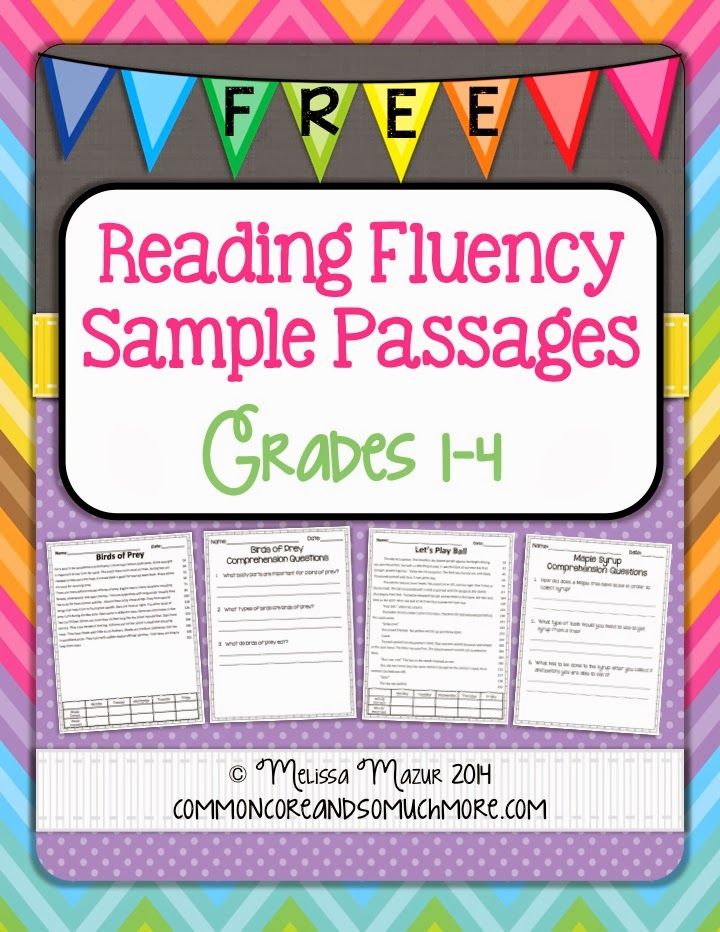
Echo game
Choose a book at your child's reading level and read a sentence aloud using appropriate expression and pauses. Then, have your child mimic you, reading the same sentence and using the same expression and pauses. Repeat the game every few paragraphs as you read through the book.
Choral reading
Choose a book at your child's reading level and read a page or passage together in unison. You may have to slow your reading down a little to keep pace, but don’t slow down too much. Encourage your child to copy your pace and expression
Practice fluency 3 ways: echo reading, partner reading, and repeated reading
This video is from Home Reading Helper, a resource for parents to elevate children’s reading at home provided by Read Charlotte. Find more video, parent activities, printables, and other resources at Home Reading Helper.
Sight words
Sight words are common words kids have to recognize instantly without sounding them out. Many sight words are tricky to read — they aren’t spelled the way they sound. The activity and videos below discuss how sight word recognition supports fluency, and offer easy ways to help your child learn them. Here's a list of common sight words for kindergarten.
Sight word spy
Tell your child that sight words are "hiding in plain sight" everywhere around us. Your child's "mission" is to spot the sight words out in the world (in the grocery store, on a sign, cereal box, or movie poster) and announce "aha, I found you! This silly game can get your child excited about recognizing words — as well as a boost of confidence from knowing how to read them.
Getting stuck on sight words
Many striving readers struggle with sight words. Reading expert Linda Farrell suggests this teaching sequence: first, be sure your child knows all the letter names, then all the letter sounds — and then you can introduce a few short high-frequency words such as was.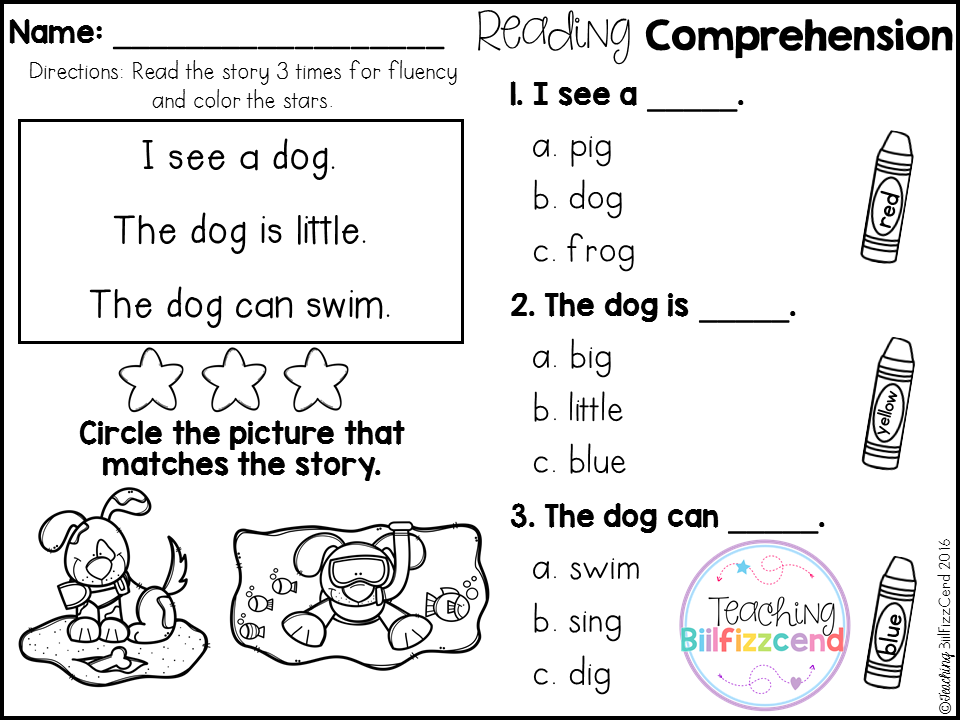 Choose words that don't have regular phonetic spelling. (From our video series Reading SOS: Expert Answers to Family Questions About Reading.)
Choose words that don't have regular phonetic spelling. (From our video series Reading SOS: Expert Answers to Family Questions About Reading.)
More fluency resources
Reading Fluency in Kindergarten - Miss Kindergarten
misskindergarten 3 Comments
Reading fluency is one of the most important skills for kindergarteners to develop as they learn to read. Reading fluency is the ability to read text quickly and accurately. Once they have a strong grasp of their letters and sounds, they begin sounding out and decoding words. A great way to teach your students to read fluently is by using word families.
Word Family Fluency
To practice our word family reading fluency, we say words orally and listen for the chunks in words. My students start by coming up with words in the “at” family and we sing our word family song.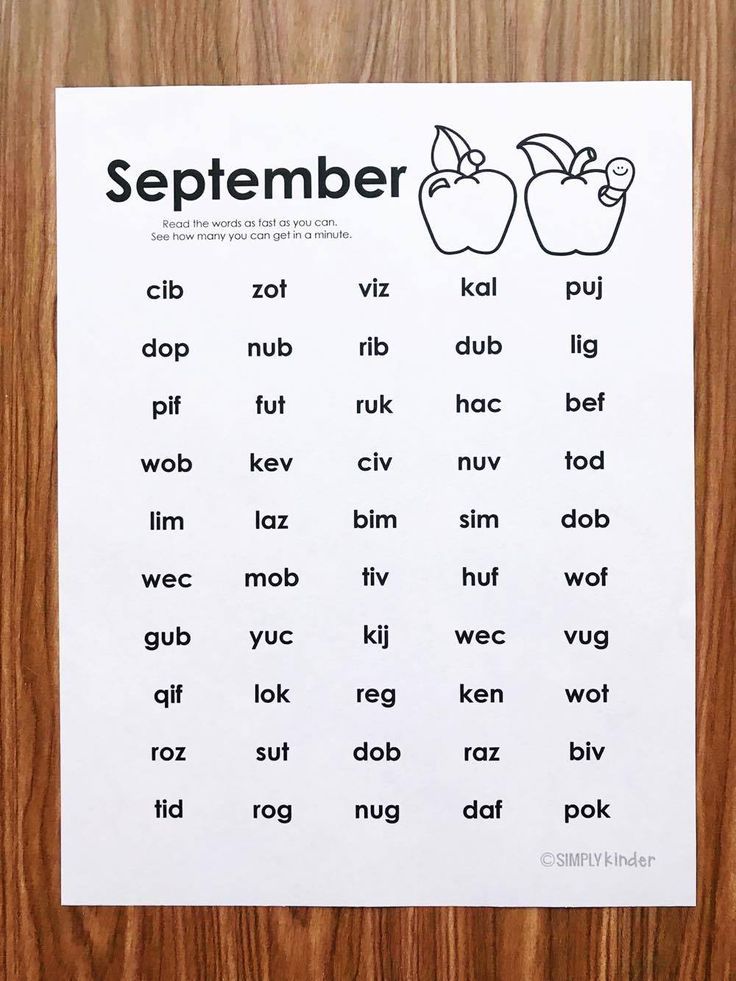 We use our knowledge of word families to help with our reading fluency!
We use our knowledge of word families to help with our reading fluency!
When students gain an understanding of word families and start to see “chunks” in words, they become stronger readers. Instead of sounding out each phoneme, or sound, in the word, they are able to transfer what they know about “chunks” and apply it to their reading. Word family fluency is a great way for your students to practice reading accurately and fluently.
Reading Fluency Game
This reading fluency game is one of our favorites! We use these large foam dice I found at the Dollar Tree. Large dice makes any game fun and since they are foam, they aren’t loud! Teacher win, am I right?! 🙂
I introduce this game during guided reading groups. The students take turns rolling the dice, finding the matching number on the paper, and touching each word as they read it. This also helps them practice 1-to-1 correspondence and tracking. Some of the students who knew 0 letters and 0 sounds at the beginning of kindergarten were reading like champs!
Here’s a short video of one of my students demonstrating how to play the game.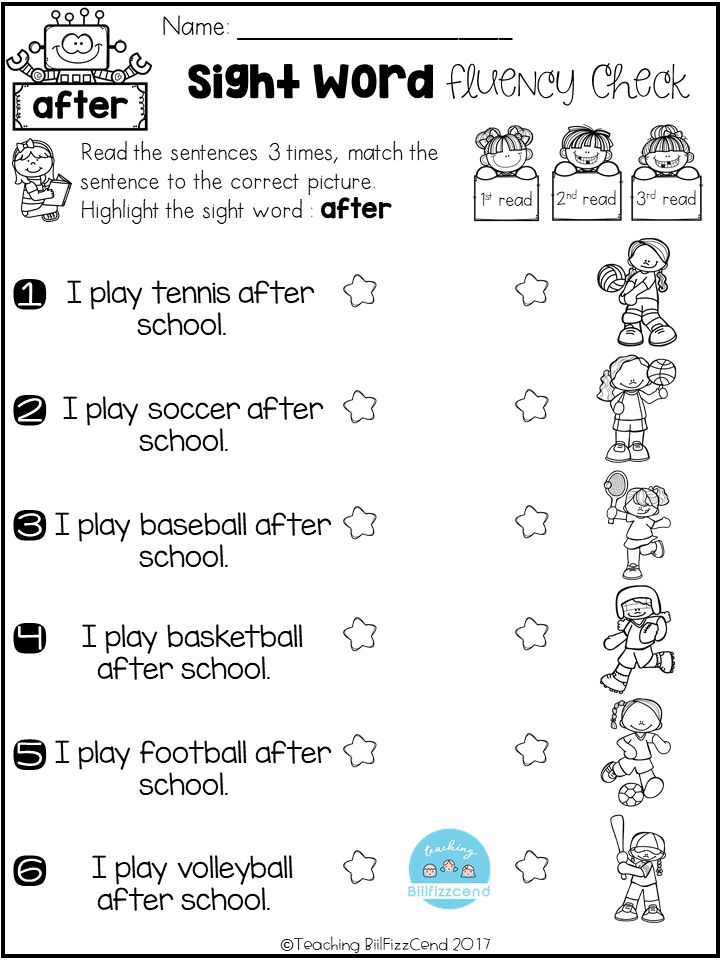 Since we are just working on the “at” family words, we only used this mat. As we learn more word families, we will use more! You can try out the “at” family fluency in your classroom too! Grab the free download {here}.
Since we are just working on the “at” family words, we only used this mat. As we learn more word families, we will use more! You can try out the “at” family fluency in your classroom too! Grab the free download {here}.
Rhyme to Read
We also use our Rhyme to Read app during reading groups. This is an amazing way to incorporate technology into the classroom and can even be used for distance learning.
We begin working on Book 1 since our focus is the “at family.” The words on the left are an introduction to the words in the story. I have my kids practice reading those words before reading the sentence. The great thing about this app is that it is self-correcting. If my students are stuck on a word family word or sight word, they can just touch the word and it will be read to them.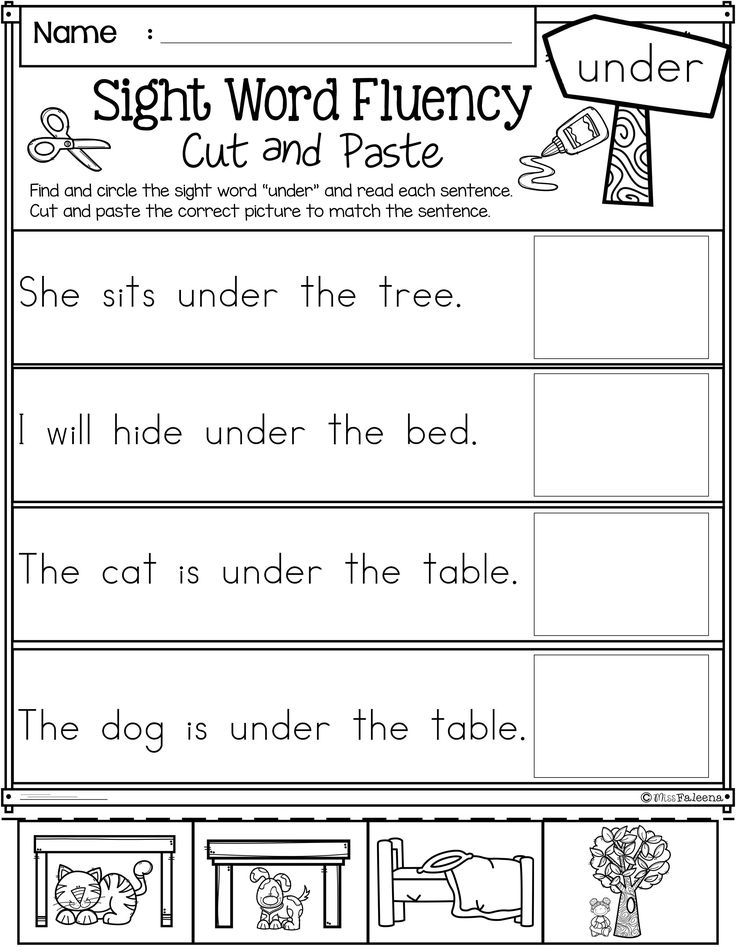 So cool!
So cool!
We have enjoyed using this app in our classroom so far and I know your students will love it too! You can try one of the stories for free by downloading it from the app store {here}, or you can purchase the whole series {here}. If you use this program, I would love to hear how it goes with your class!
Reading Fluency Practice
Lastly, I want to share a couple more reading fluency resources that I love to use in the classroom, and are also perfect for distance learning or simply incorporating more technology in your day.
Reading Fluency Passages
The first is this Reading Fluency Passages Bundle. The passages focus on different phonics skills so your students can get a lot of repetition with each skill. They are interactive and fun for the kids and work seamlessly on Seesaw or Google Classroom.
Digital Reading Fluency Practice for Distance Learning
The reading fluency passages are also available in a digital format so your students can practice their reading fluency at home if needed.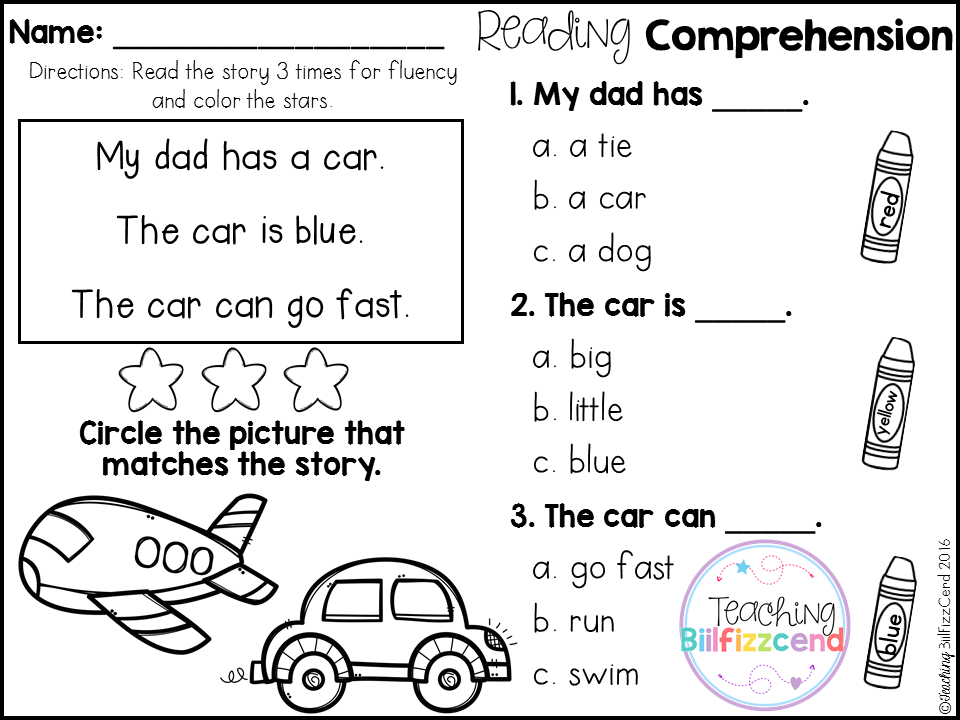 They are all organized by phonics skill so you can assign to them the skill they need to work on.
They are all organized by phonics skill so you can assign to them the skill they need to work on.
You can try out 9 of the reading fluency passages for FREE too! Enter your information below and I will email you the free download.
Free Reading Fluency
Help your students make the leap from sounding out words to reading with fluency! These fluency passages are designed to give kids successful reading practice to help students become strong readers!
First Name Your email addressFluency Practice
Previous Post All About Penguins Writing and Craft Freebie
Next Post S is for Snowman!
Sight Word Practice
Reading sight words in context improves reading fluency! Use these teacher-tested and student-approved activities. Sign up below and get this sight word practice sent straight to your inbox! First Name Your email addressHello, I’m Hadar
Welcome to Miss Kindergarten. I’m so happy you’re here!
I’m so happy you’re here!
If you are looking for hands-on, engaging kindergarten activities, you came to the right place! I’m here to save you time by sharing tried and true kindergarten resources, and hopefully spark some ideas for your own kindergarten lesson plans!
Whether you need ideas to teach reading, sight words, math, or even some fun crafts, I have you covered. My ultimate goal is to help passionate educators and parents to young kids gain their valuable time back!
If you want to stay connected with Miss Kindergarten, please follow me on social media and be sure to sign up for the newsletter below.
More About Me Contact Me
How to form fluent reading in elementary school? | Methodical development on reading (grade 3) on the topic:
How to form fluent reading in elementary school?
One of the most important tasks of elementary school is the development of reading skills in children, which is the foundation of all subsequent education.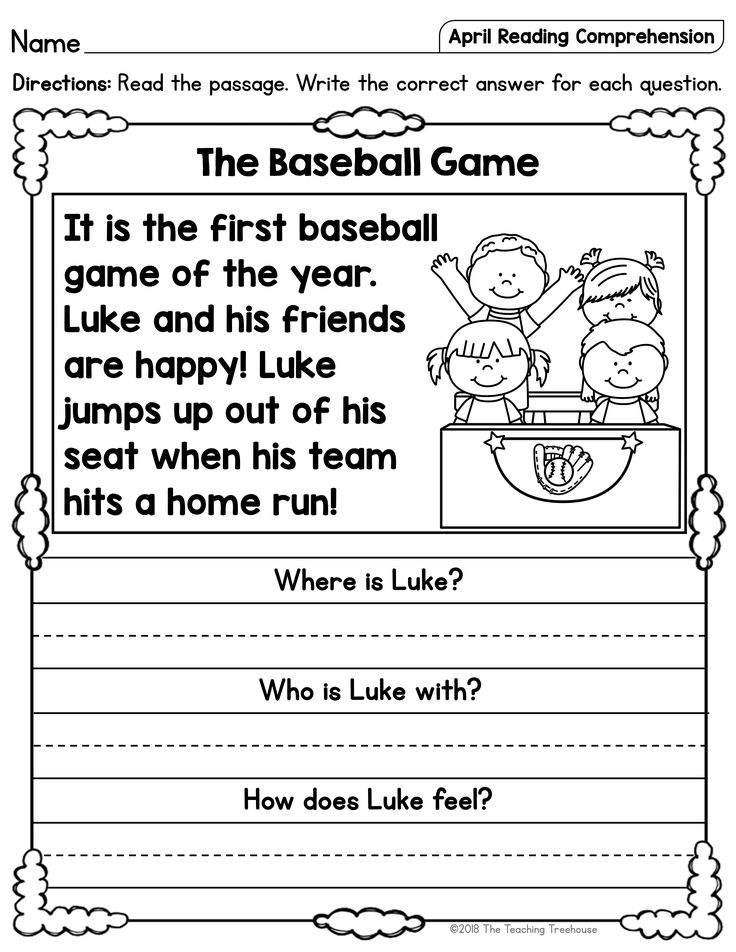
Reading skill includes (according to the primary school program) 4 components:
- conscious reading;
- correct (error-free) reading;
- expressive reading;
- pace (speed) of reading.
What are the conditions for the successful formation of the skill of fluent reading?
- The cooperation of the teacher and parents is necessary.
- The teacher, students and their parents should have special exercises to develop reading skills. To do this, it is necessary to organize thematic parent meetings already in the 1st grade of elementary school.
- It is necessary to systematically measure reading technique, set students up for serious work in case of failure, when they have not fulfilled the reading technique standard.
- Diagnostic measurement of reading technique makes it possible to determine the group of children who meet and exceed the standard, as well as the group of students with whom to work.
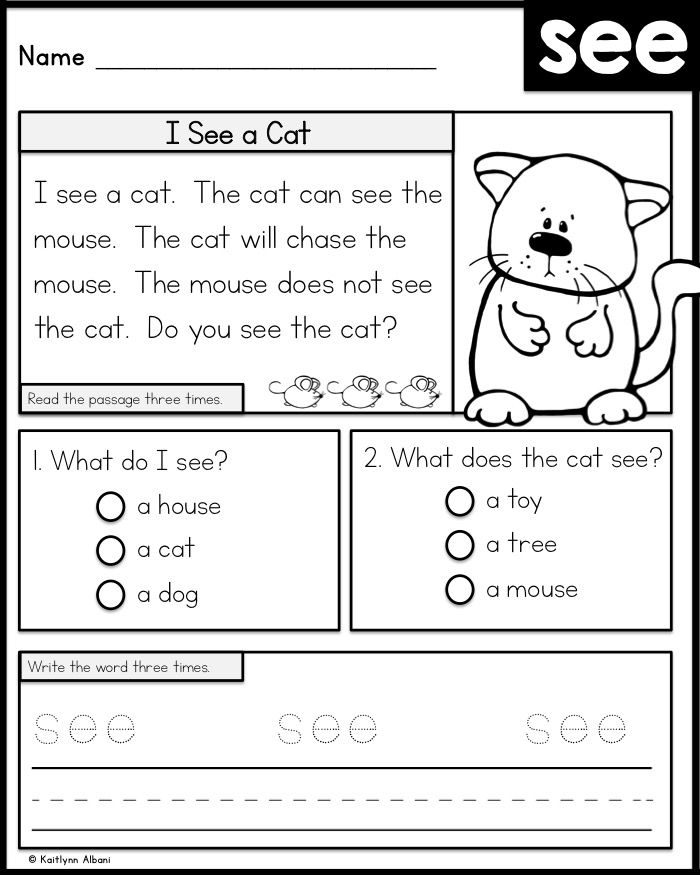
- Mastering the necessary reading technique should not be reduced to episodic measurements.
Organizing control over the technique of reading, it is necessary that the student understands that fluent reading is only a necessary means for solving educational and cognitive problems. It is especially important at each measurement to emphasize the student's progress in mastering the reading technique, noting his willpower, patience and desire to win.
If a child is successful, however small, his work should be recognized. Patiently, each time approving the progress of the student in mastering reading, noting his perseverance, desire to win, the teacher and parents stimulate the activity of the younger student.
What are the main techniques used to achieve optimal reading speed?
What matters is not the duration, but the frequency of training exercises. The memory of a person is arranged in such a way that it is remembered not what is constantly before the eyes, but what flickers: that is, that is not.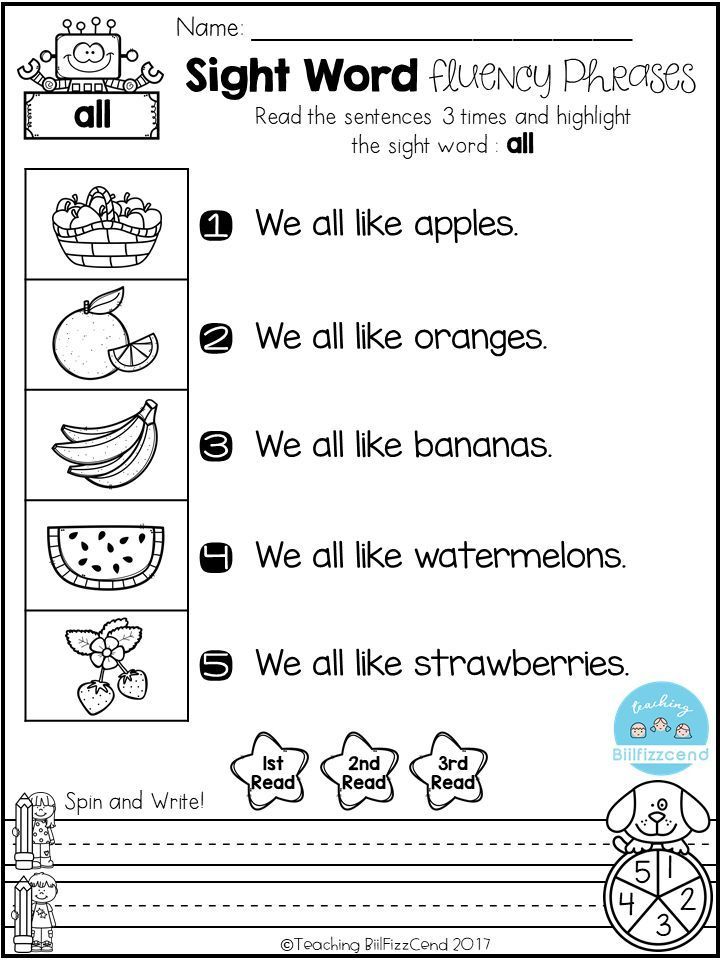 This is what creates irritation and is remembered. Therefore, if we want to help children master some skills and bring them to automatism, to the level of skill, we need to do small exercises with them every day, at certain intervals.
This is what creates irritation and is remembered. Therefore, if we want to help children master some skills and bring them to automatism, to the level of skill, we need to do small exercises with them every day, at certain intervals.
I propose to form the skill of mastering breathing and voice with the help of the following exercises.
Blow out the candle. Take a deep breath and exhale all the air at once. Blow out one large candle. Now imagine that there are three candles on your hand. Take a deep breath and exhale in three breaths as you blow out each candle. Imagine that you have a birthday cake in front of you. It has a lot of small candles on it. Take a deep breath and try to blow out as many small candles as you can with as many short breaths as you can.
Spray the laundry with water (one, three, five).
Deep breath and simulate water splashing on laundry.
In a flower shop.
Imagine that you have come to a flower shop and smelled the delicious aroma of flowering plants.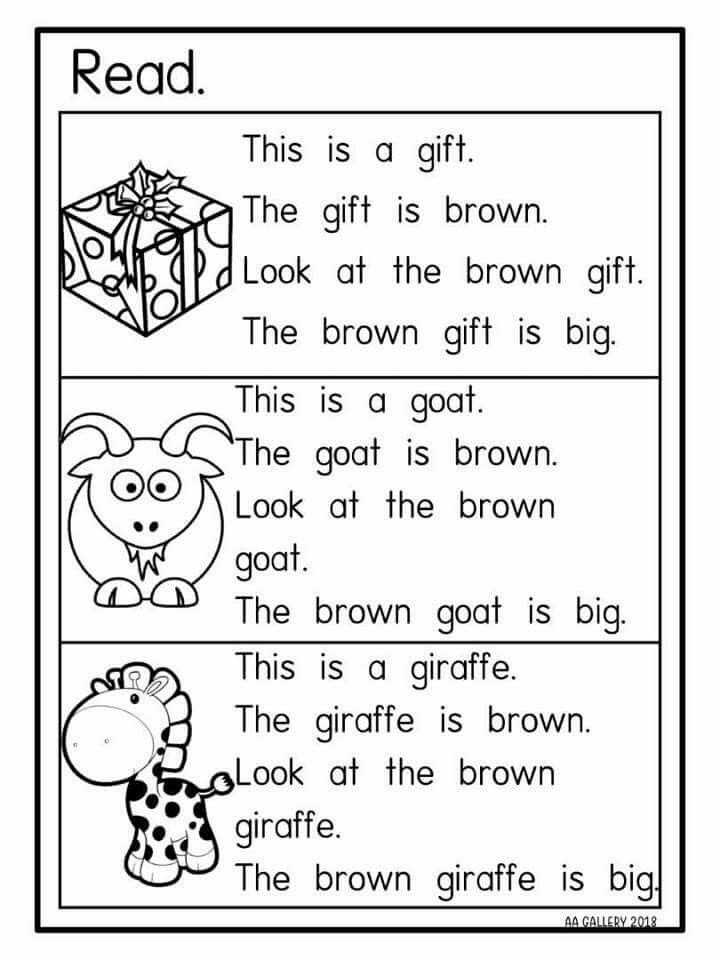 Take a noisy breath in through your nose and exhale (2-3 times).
Take a noisy breath in through your nose and exhale (2-3 times).
Exhale with a count.
Inhale deeply as you exhale, count loudly until you run out of air.
Use of tongue twister (in chorus):
Like on a hill on a hill
33 Egorkas are standing (deep breath)
One Egorka, two Egorkas……(until full exhalation).
It should be noted that after a few occupations, there is enough air for more Egoroks.
In an elevator.
Imagine that we are riding in an elevator and announcing the floors. The higher the floor, the higher the voice, and vice versa. We go first from the first to the ninth, and then down.
Bear cubs.
Imagine that you are little bear cubs and ask your mother bear for food. Words must be pronounced drawlingly, in bass, clearly pronouncing the sound m.
Mom, honey for us,
Mom, milk for us.
Read blocks.
This stage is mainly aimed at systemic training of the child's speech apparatus, early detection of speech defects, as well as the development of reading skills in whole words.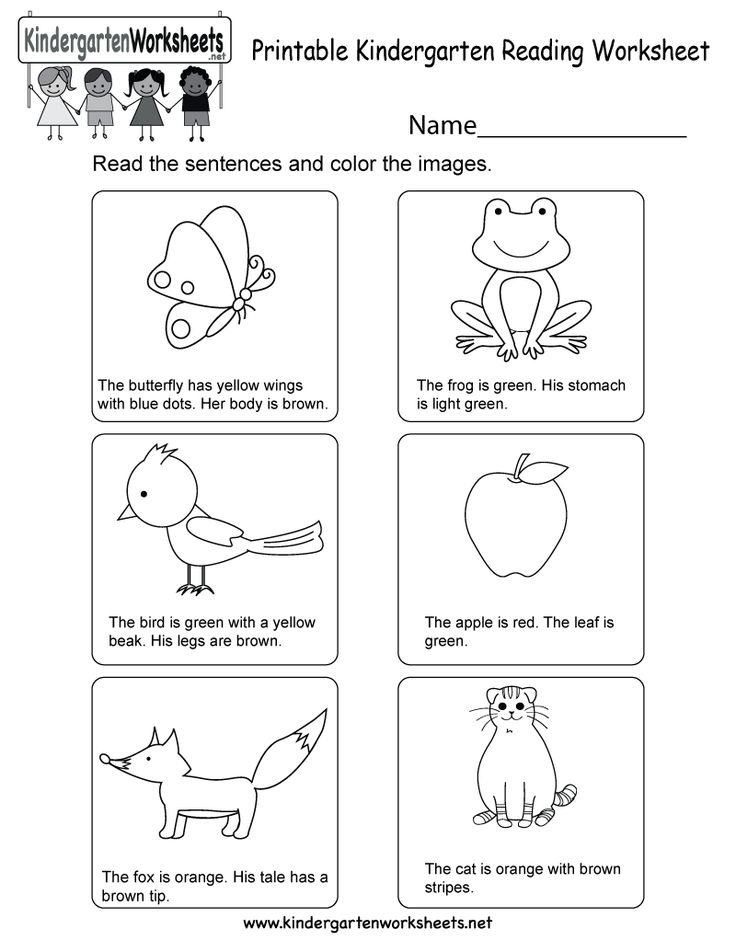 The material for the exercises is the most common paired letter combinations in the Russian language and words with such letter combinations. It is divided into groups in such a way as to strictly consistently observe the basic principle of learning from simple to complex. The volume of material for the lesson is 20-25 letter combinations and increases according to the increase in the size of the letter combinations themselves (2, 3, 4, 5, etc.). Letter combinations or blocks are written on the board in a column or row. Various positions on the board contribute to the training of the eye muscles and the development of voluntary attention.
The material for the exercises is the most common paired letter combinations in the Russian language and words with such letter combinations. It is divided into groups in such a way as to strictly consistently observe the basic principle of learning from simple to complex. The volume of material for the lesson is 20-25 letter combinations and increases according to the increase in the size of the letter combinations themselves (2, 3, 4, 5, etc.). Letter combinations or blocks are written on the board in a column or row. Various positions on the board contribute to the training of the eye muscles and the development of voluntary attention.
Blocks are written directly during the lesson with the requirement for students to read to themselves as they write. Then the block is read in unison.
When reading the first group of blocks, it is useful to start teaching the concept of stress, stressed syllable. For example, invite children to read the letter combination ha-ha-ha! First with the stress on the first syllable, then on the second and on the third.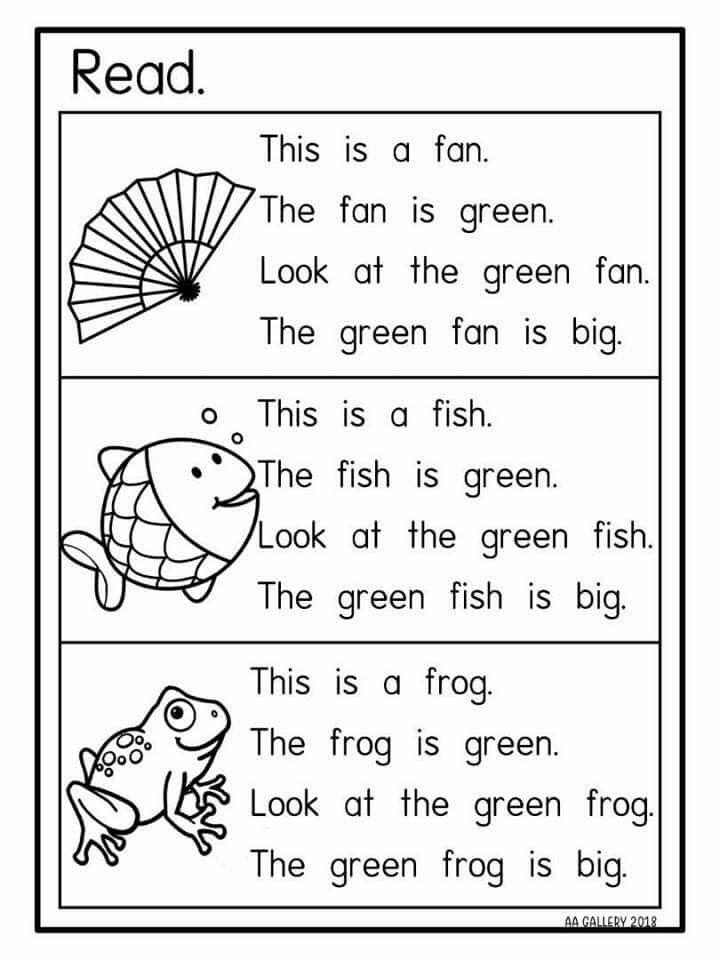
Similar work can be done with the phrase ha-ha-ha! Yes Yes Yes!
These tasks form the ability to pronounce a word with stress on any given syllable, as well as the skill of determining by ear which syllable is stressed.
In the process of reading the second group of blocks, not only reading skills are developed and consolidated, but also the training of the corresponding parts of the speech apparatus is provided.
In order to successfully read the words of the third and fourth groups, it is important to explain to children that all consonants at the beginning of words must be read in one step, focusing on the vowel phoneme, since the syllable-forming vowel affects the pronunciation of all consonant phonemes in the syllable that precede it. For visual perception, it is recommended to highlight the vowel with colored chalk.
In the fifth group, the meaning of words that are understandable, the teacher explains himself during the reading. She offers to find out the meanings of individual words in the dictionary at home and report in the next lesson.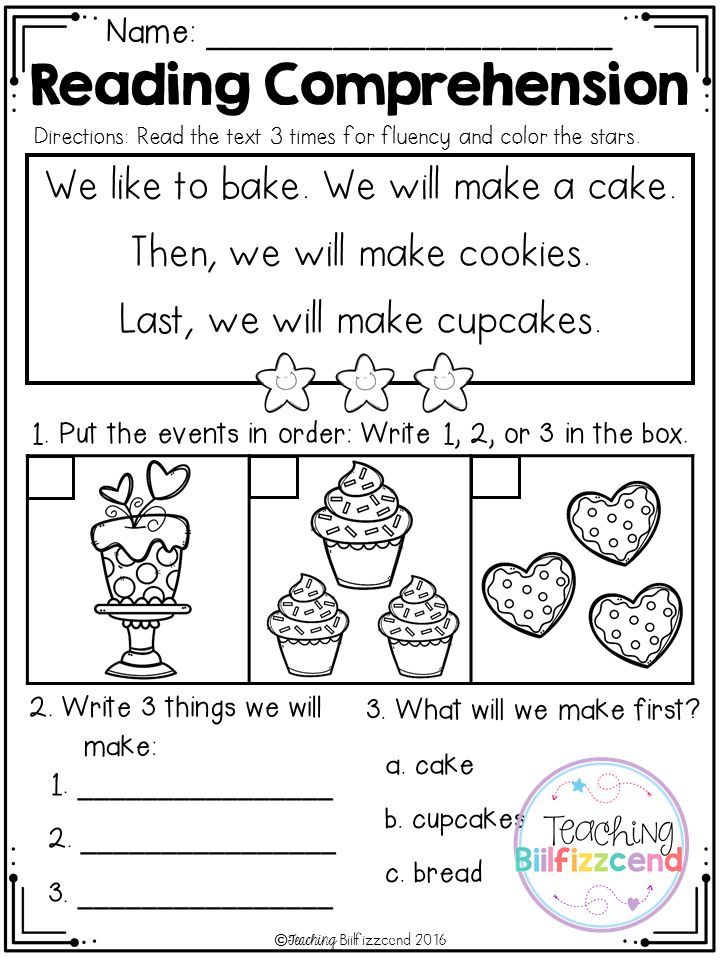 These tasks gave impetus to independent work with reference literature. Subsequently, while reading, the children distributed unfamiliar words among themselves. This, undoubtedly, enlivens the work in the lesson, introduces a competitive nature, increases interest in learning. By explaining the meaning of words, the guys replenish their active vocabulary.
These tasks gave impetus to independent work with reference literature. Subsequently, while reading, the children distributed unfamiliar words among themselves. This, undoubtedly, enlivens the work in the lesson, introduces a competitive nature, increases interest in learning. By explaining the meaning of words, the guys replenish their active vocabulary.
Practicing diction. Tongue Twisters. Cleanliness.
The ability to clearly pronounce sounds and their combinations is achieved in the process of working on tongue twisters. The technique of working with tongue twisters is well known: from separate, distinct pronunciation to the most clear, fast. I recommend only highlighting with colored chalk in the recording of tongue twisters the letters denoting the sounds on which work is to be done.
In the list below, tongue twisters are given in expanded form.
I find it useful to start with one line of tongue twister and add a new one at each lesson. To work out a clear pronunciation, only one new line is offered, while the amount of reading material increases (2, 3, 4 lines).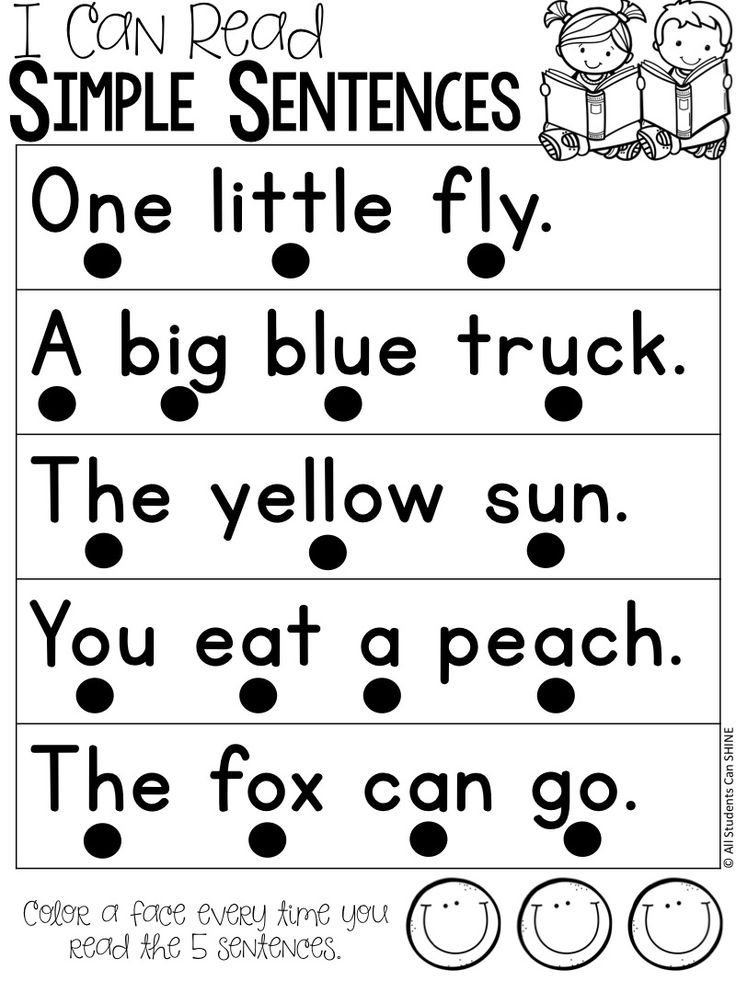 Since within 3-4 lessons, reading the tongue twister begins with a text familiar to the children. And the guys, “taking a break” (reading the familiar part of the tongue twister), prepared to read the new line at a good pace and without errors.
Since within 3-4 lessons, reading the tongue twister begins with a text familiar to the children. And the guys, “taking a break” (reading the familiar part of the tongue twister), prepared to read the new line at a good pace and without errors.
From near Kostroma, from near Kostromishchi, Senka Sanka and Sonya are being driven on a sled. It’s lucky and it pours in tongue twisters: they say the black grouse was sitting on a tree, from the tree - the shadow of a black grouse; they say, don’t look for a goose’s mustache, you won’t find it; they say, what Savva is, such is Glory. He spoke quickly, spoke quickly, and so he did not speak all the tongue twisters.
Development of RAM.
It has been established that the development of reading technique is often hampered due to poorly developed RAM. Work on its development is being carried out with the help of. visual dictations. I propose the following option for conducting these dictations: work on the set begins at the reading lesson - reading sentences, speaking in chorus or individually, collective clarification and correction of what was said; at the Russian language lesson, a repeated demonstration of typing on the board and writing the text in a notebook.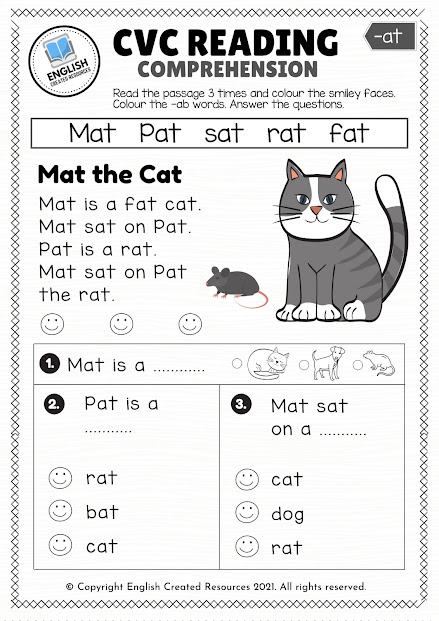 This method of work ensures maximum literacy when writing set sentences and, as a result, forms a “success situation” in the lesson.
This method of work ensures maximum literacy when writing set sentences and, as a result, forms a “success situation” in the lesson.
It seemed to me a good and original idea to write sentences on the blackboard with a wet rag. In this case, the time for reading is determined not by the teacher, but by an objective, independent reason - the drying of the wet trace. This will organize the children to read at a fast pace and memorize accurately. It is important to observe the measure in the amount of material. It is better to start by demonstrating one or two sentences at the same time and gradually increase to five or six.
When the demonstration of the set is reduced to six sentences, tasks of increased complexity can be used:
- write the sentences in reverse order;
- write down only the second and fifth sentences;
- Write sentences three through six.
Tests of visual dictations (according to I. T. Fedorenko).
Set 1.
1.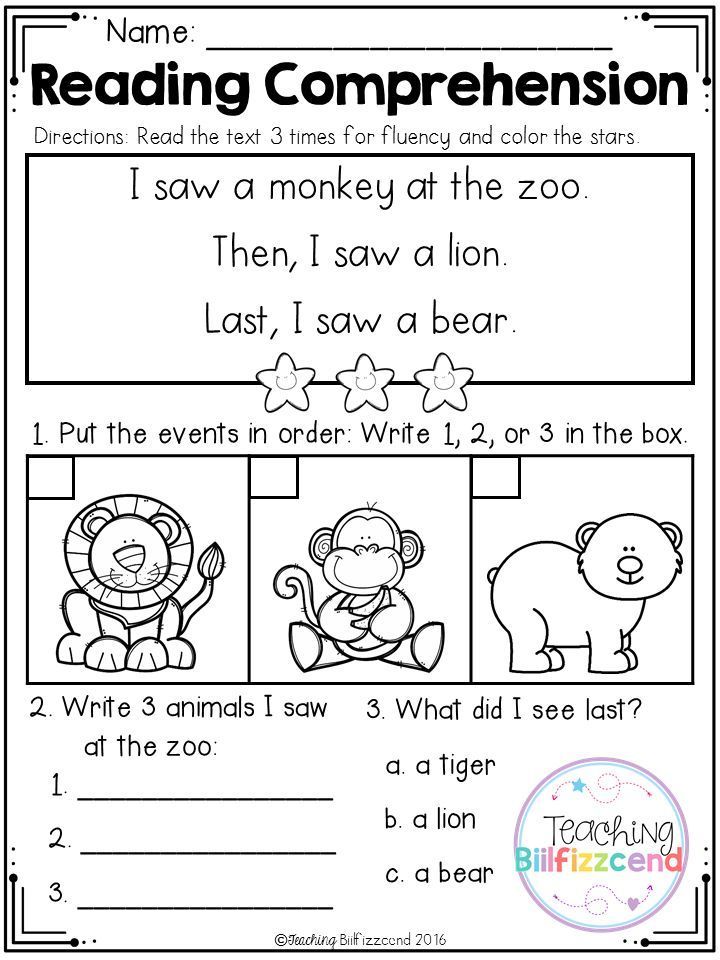 The wind is blowing.
The wind is blowing.
2. Streams run.
3. The sky is clear.
4. The girl is playing.
5. The children are coming.
6. The dog is barking.
Intonation warm-up and logical stress in a sentence.
Quite often, when demanding expressive reading from the children, the teacher does not name what specific criteria this concept is determined by. Undoubtedly, the concept of "expressive reading" is multifaceted, and the ability to read expressively largely depends on the life experience of children, the formation of emotional education, and the depth of feelings. And, of course, in elementary school, work on the formation of the ability to read expressively is just beginning. I think it is right to start this work with the formation of three skills.
Develop and give your voice intonations: joyful and sad, affectionate and angry, comic and serious, mocking and approving, as well as intonations of enumeration, completion, confrontation.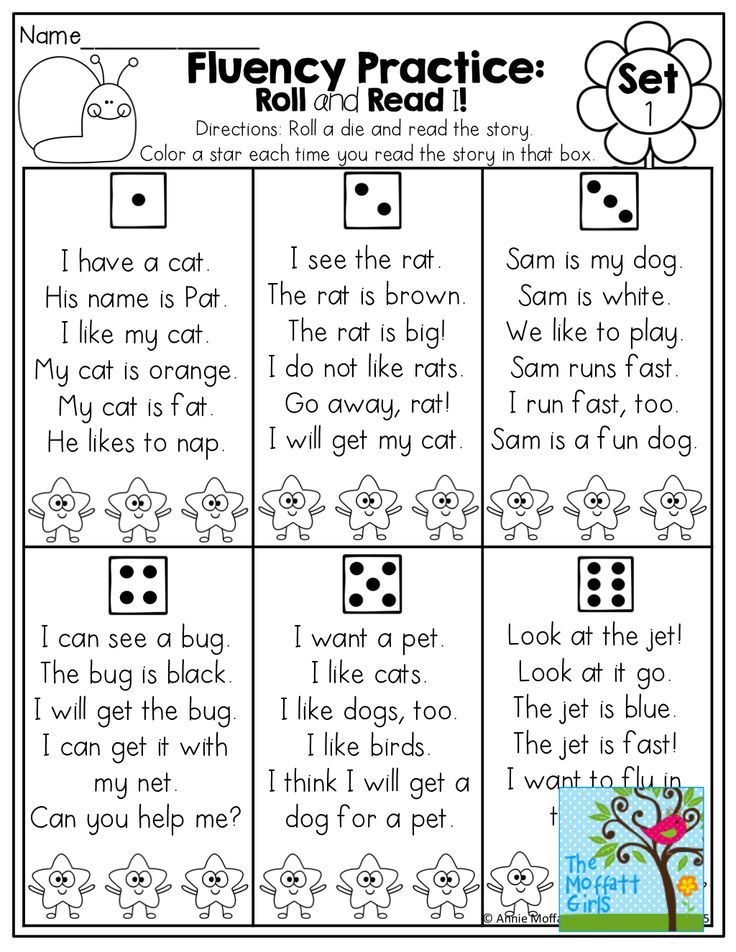
Select the desired reading pace (fast, rhythmic or smooth, measured, or a combination of both).
Place a logical stress in a sentence.
The ability to put logical stress, highlighting a word, a phrase that determines the meaning of the entire sentence, can be practiced on almost any of the poetic texts, inviting the children to highlight the first word in the lines with their voice, then the second, third, fourth. When children learn to confidently put logical stress on the teacher's instructions, you can proceed to an independent search for a logically stressed word. To do this, I propose ......
For example: Give me a wooden spoon!
Highlight with your voice first the word wooden, then - to me, then - give it.
How does the meaning of the sentence change?
Conclusion. The stressed vowel determines the spelling of the word, the "logically stressed" word clarifies the meaning of the whole sentence.
Types of reading.
Reading aloud and silently
The most important thing is not the duration, but the frequency of training exercises.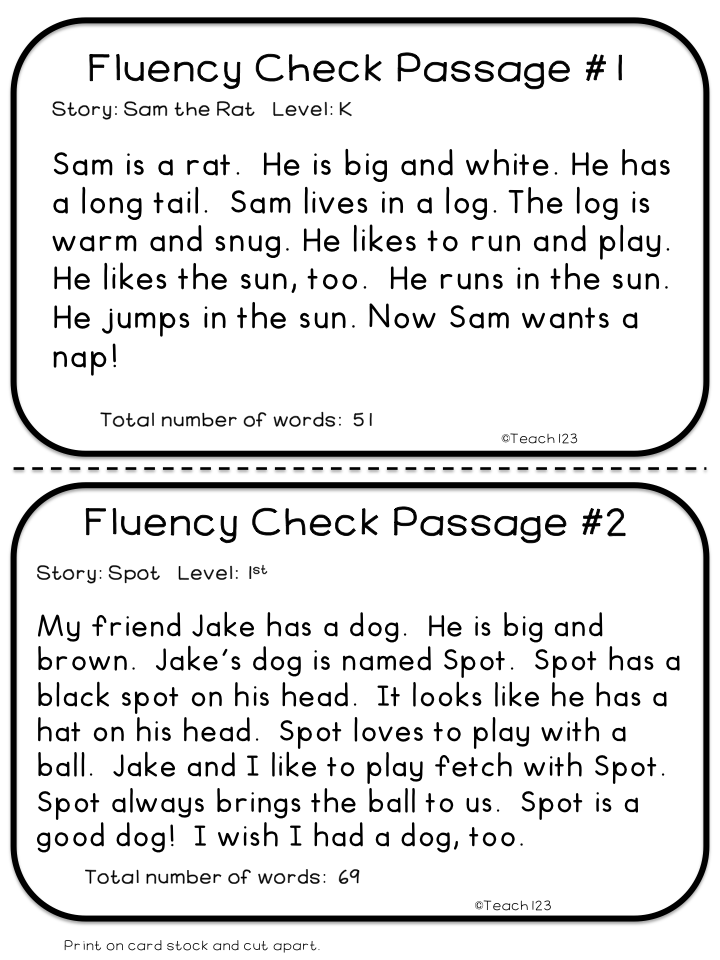 The memory of a person is arranged in such a way that it is remembered not what is constantly before the eyes, but what flickers: that is, that is not! That is what creates irritation and is remembered. Therefore, if we want to master some skills, bring them to automation, to the level of a skill, then we should not conduct long-term exercises at all; you need to exercise in short portions, but with greater frequency.
The memory of a person is arranged in such a way that it is remembered not what is constantly before the eyes, but what flickers: that is, that is not! That is what creates irritation and is remembered. Therefore, if we want to master some skills, bring them to automation, to the level of a skill, then we should not conduct long-term exercises at all; you need to exercise in short portions, but with greater frequency.
Buzzing reading.
What is buzzing reading? This is a kind of reading when all students read out loud at the same time, in an undertone, each at their own speed, some faster and some slower. If you take 5 minutes of a lesson, you can achieve certain results (in reading lessons).
Weekly five-minute reading.
At the beginning of each lesson, the children open the book and read for 5 minutes in the buzz reading mode. This type of work was borrowed from the schools of the Mongolian People's Republic.
Reading before bed.
It gives good results.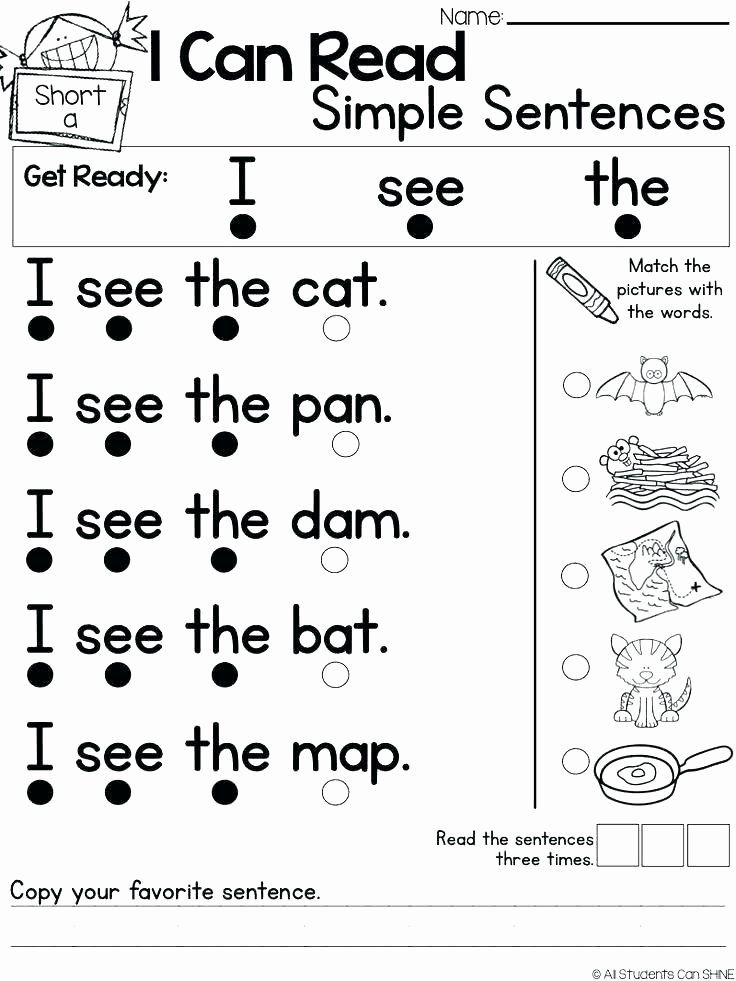 The fact is that the last events of the day are fixed by emotional memory, and those eight hours when a person sleeps, he is under their impression.
The fact is that the last events of the day are fixed by emotional memory, and those eight hours when a person sleeps, he is under their impression.
Gentle reading mode. (if the child does not like to read).
The child reads one or two lines and then gets a short rest.
Spelling reading.
Children pronounce everything as it is written.
Reading is canon.
Children read after a well-read student.
Role reading.
Chain reading.
Cannot be interrupted.
Timed reading.
Self-measurement of reading speed. At the end of each lesson, we leave three to four minutes to take a self-measurement. The result is recorded in a diary. Within a week, you can get a result that indicates an increase in reading speed.
Multiple access to the text.
Reading it each time with a new task. This technique provides the development of reading skills. It is then that the child discovers something new in him, which he did not notice at the first reading.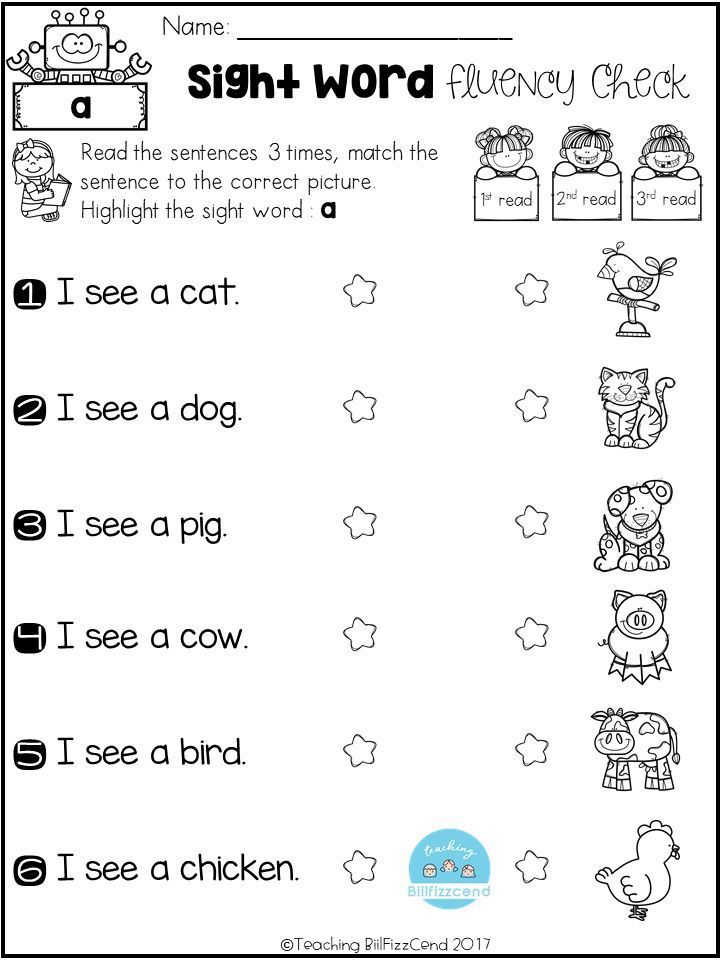
Reading “stumbling over pebbles”.
The task is to pay attention to punctuation marks (pebbles) while reading.
Entering the game. Imagine a stream flowing. On his way there is a pebble. What does a stream do? It stops, bends around the pebble and flows further. Now imagine that our voice is a stream. What will be the stones then? Pebbles are all punctuation marks that occur in the text.
Non-traditional exercises.
In this case, reading skills should be developed in a different way, different from completing study tasks or from exhausting training. The suggested path is various, unusual, fun exercises with words and text.
The complex of exercises I use is aimed at developing a child's interest in the process of reading, at relieving the emotional stress and anxiety associated with it. These exercises can be given both in the classroom and in special classes with a group of students who have difficulty in reading. Such exercises are also useful for well-read children.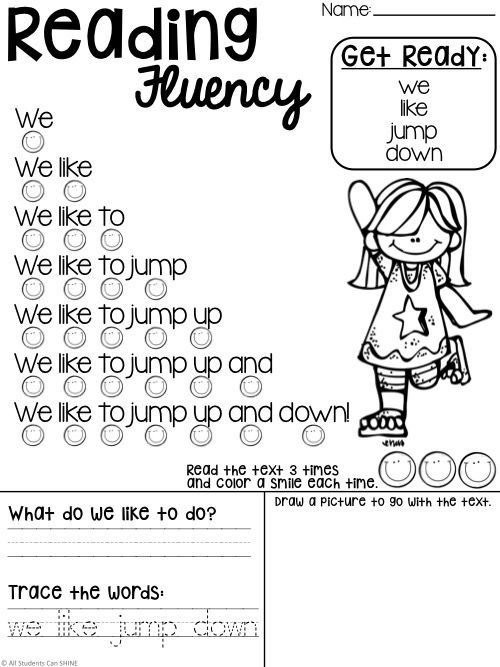 They help them learn to read faster, more correctly, more meaningfully.
They help them learn to read faster, more correctly, more meaningfully.
The passage of verbal labyrinths. (Find words on the topic “School”).
| Д | И | Р | А | Н | О | Ч | И | Т | |
| U | R | E | K | 9000 E |
| T | Е | Е | |
| Ч | Е | Б | Т | О | Р | Р | Т | l | |
| Sh | m | N | P | 9000 E 003 | А | Д | Ь | ||
| Т | А | И | К | Л | А | in | b | K | |
| E | m | T | И | К | Р | И | С | ||
| О | З | А | У | Р | A | O | K | T | |
003 | Ч | Л | Я | И | Р | О | |||
| У | Ч | А | K | H | E | C | U | A |
CTOTE ATTENTION.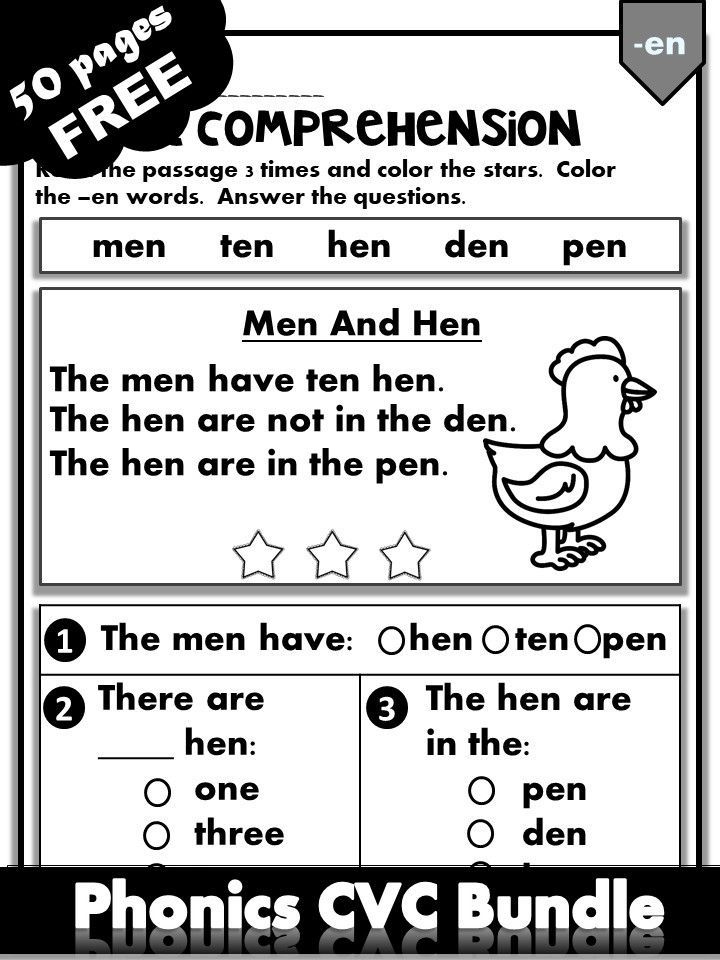 What words are the same?
What words are the same?
- Protein Lynx Monkey
- Bear Belka Giraffe
- Hare Squirrel
- BOBR BARSUK BARSUK
Permission to pass through letters in words.
READING Columns and Lines of Words.

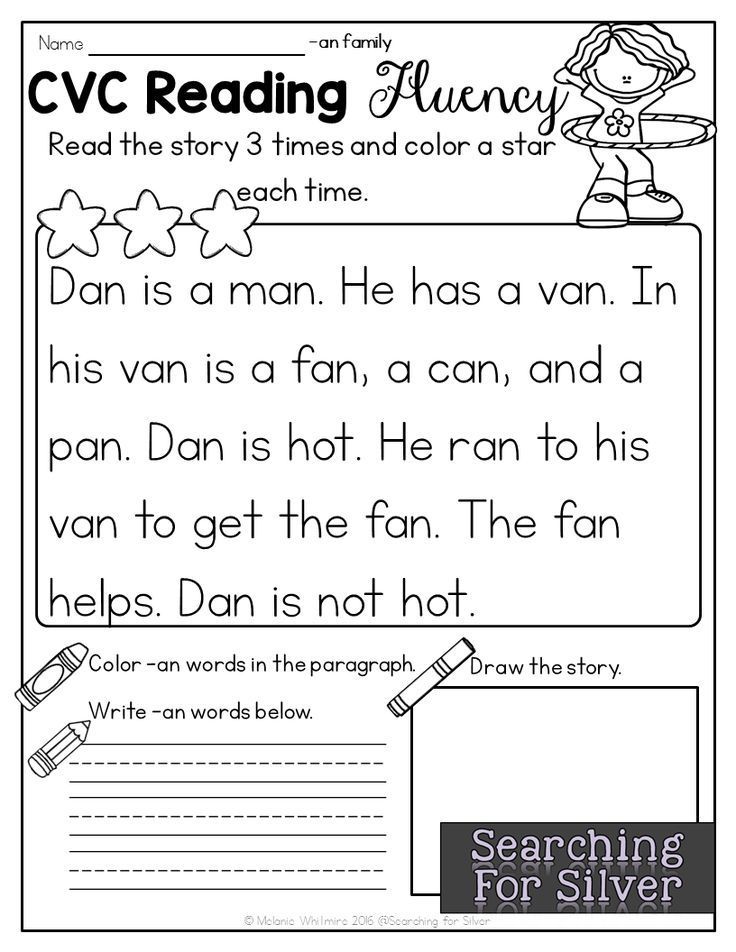
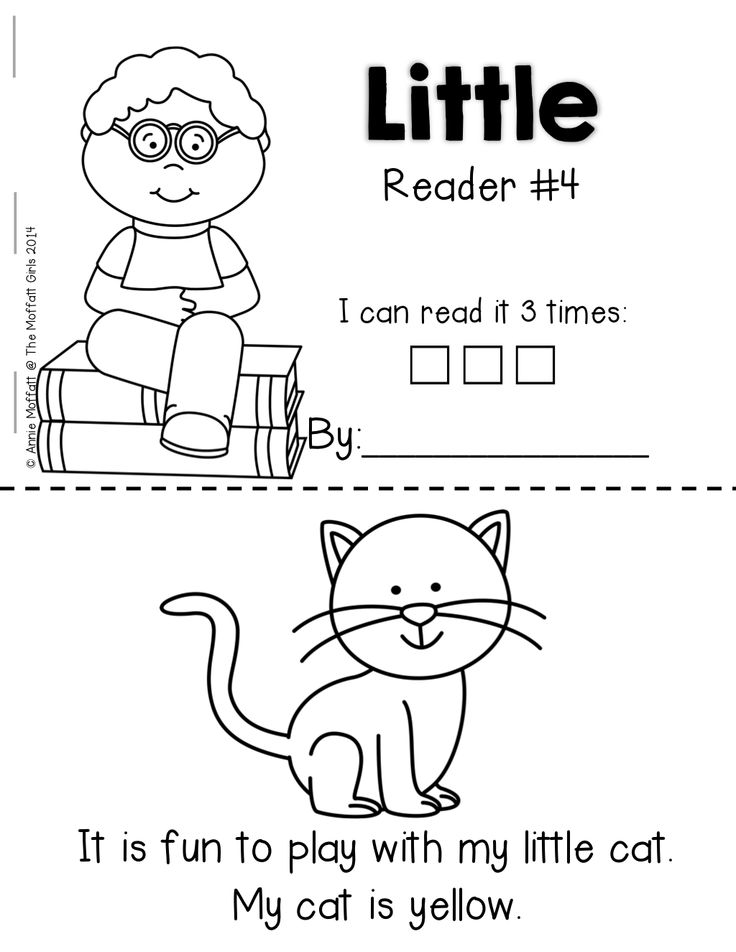 Find the desired line in the text (the exercise trains the vertical movement of the eyes across the page).
Find the desired line in the text (the exercise trains the vertical movement of the eyes across the page). 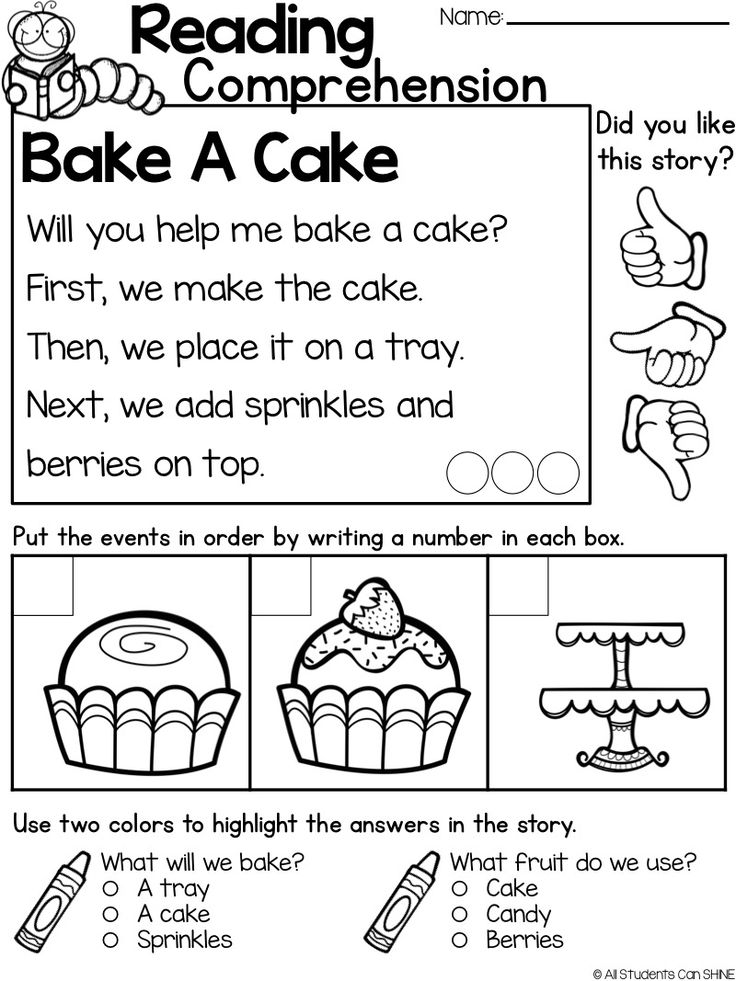
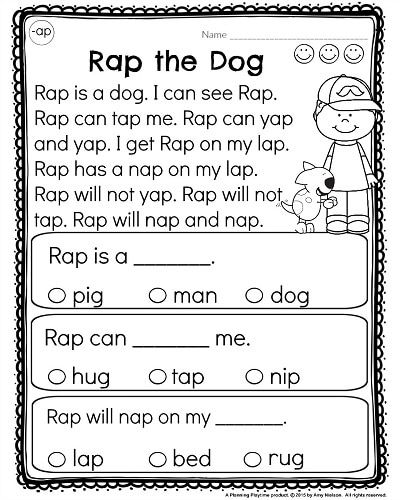 A small paragraph the child reads and retells its content, after an hour or two another portion. Another serving before bed. The effectiveness of such training is much higher than training for an hour and a half at a time.
A small paragraph the child reads and retells its content, after an hour or two another portion. Another serving before bed. The effectiveness of such training is much higher than training for an hour and a half at a time. 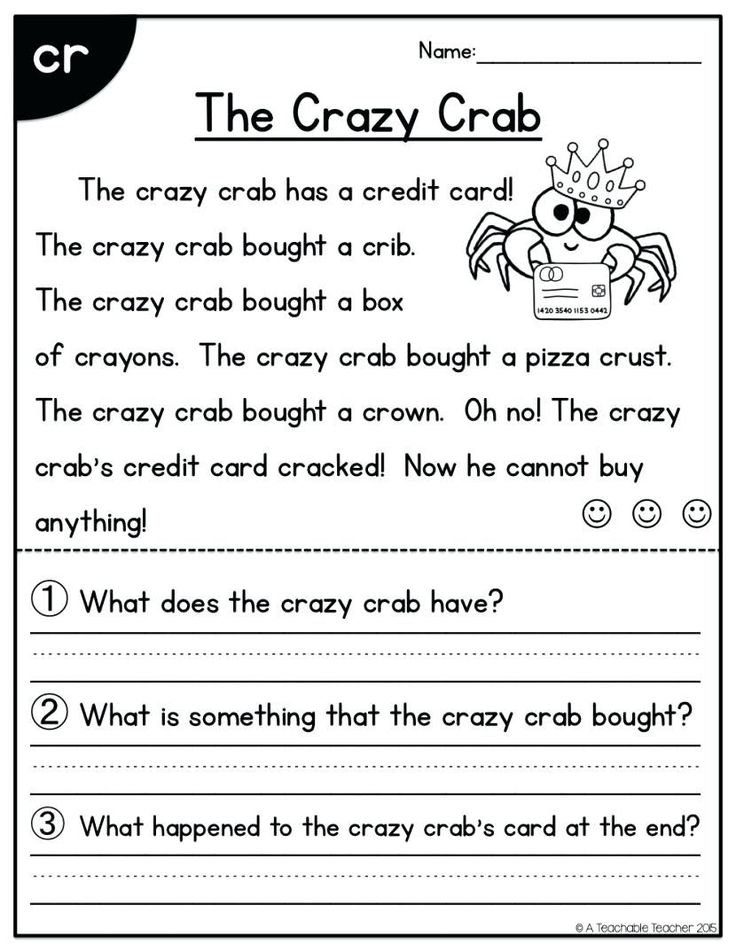 Read in order: a few frames are read by the child, then, when the first signs of fatigue, parents are connected.
Read in order: a few frames are read by the child, then, when the first signs of fatigue, parents are connected. 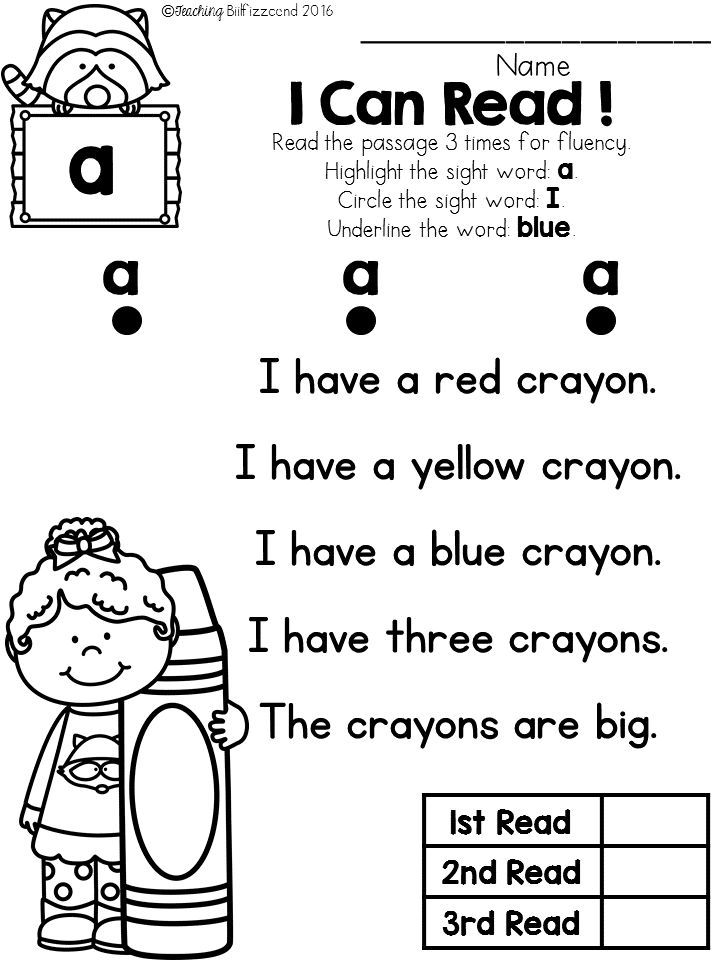 Thus, in two months, RAM develops so much that the child can already memorize a sentence consisting of 46 letters, that is, from eight or nine words. Now he easily catches the meaning of the sentence, read to him becomes interesting, and therefore the process of learning to read goes much faster.
Thus, in two months, RAM develops so much that the child can already memorize a sentence consisting of 46 letters, that is, from eight or nine words. Now he easily catches the meaning of the sentence, read to him becomes interesting, and therefore the process of learning to read goes much faster. 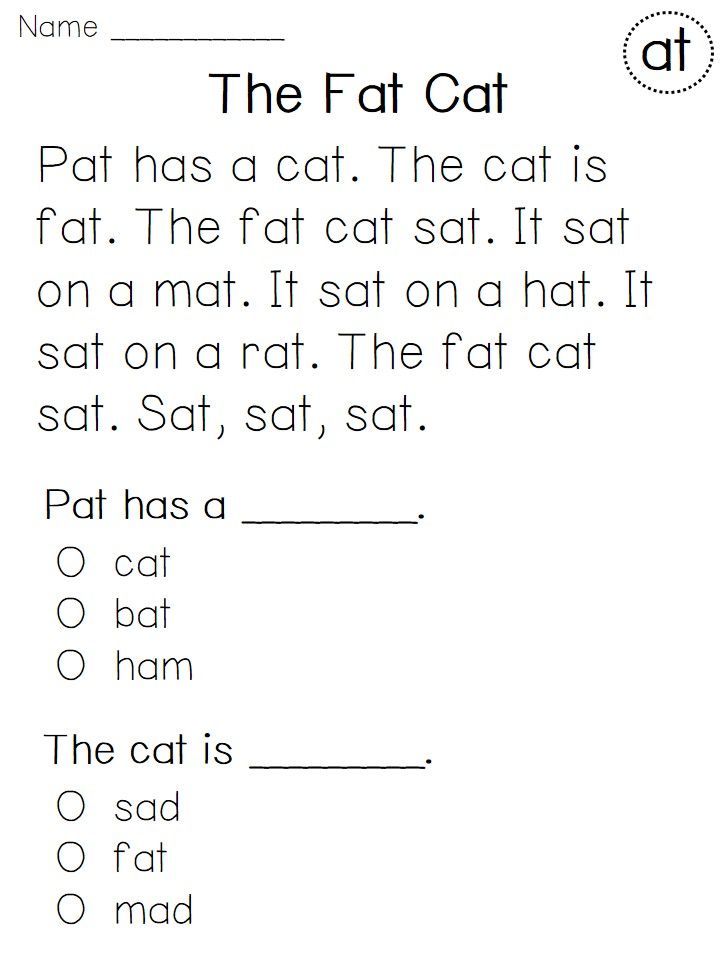 After the offer is hidden its also write down in a notebook. For six sentences of one set, usually from five to eight minutes time. In two months there is an opportunity to develop an operational memory, but on one condition. This condition must be observed without fail. visual dictations must be written daily. If you write visual dictations every other day, then such training almost does not develop RAM. If you write in two on the third day, then you can not write at all - this does not give anything.
After the offer is hidden its also write down in a notebook. For six sentences of one set, usually from five to eight minutes time. In two months there is an opportunity to develop an operational memory, but on one condition. This condition must be observed without fail. visual dictations must be written daily. If you write visual dictations every other day, then such training almost does not develop RAM. If you write in two on the third day, then you can not write at all - this does not give anything. 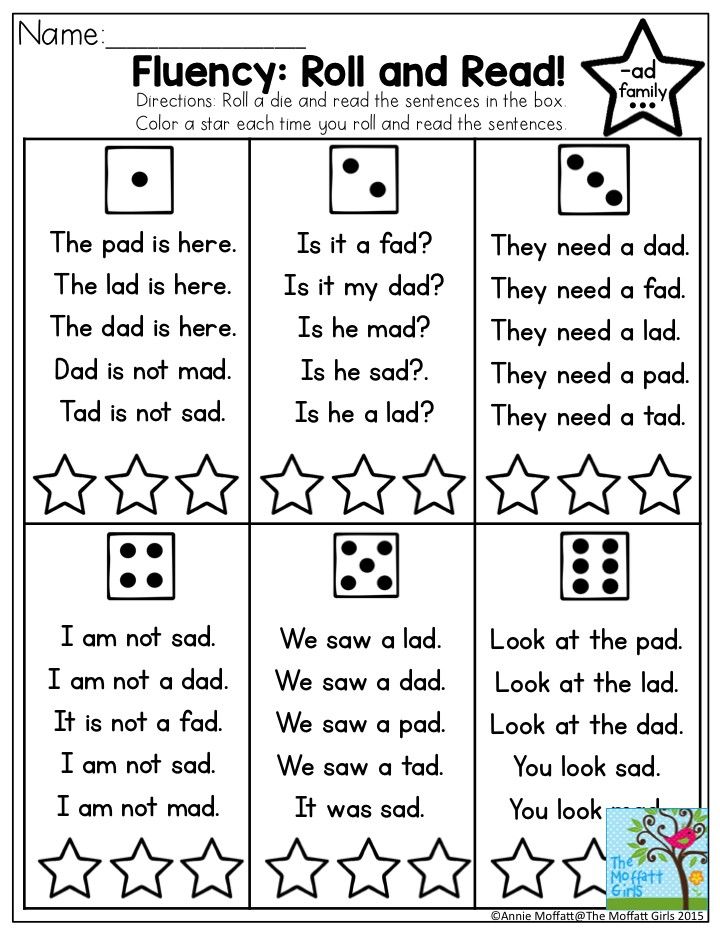 This is followed by a second reading of the same passage of text. Wherein the child again notes to which word he has read, and compares with the results first reading. Naturally, the second time he read a few words more. Increasing the pace of reading causes positive emotions in the baby, he want to read again. However, one should not read the same text more than three times. excerpt.
This is followed by a second reading of the same passage of text. Wherein the child again notes to which word he has read, and compares with the results first reading. Naturally, the second time he read a few words more. Increasing the pace of reading causes positive emotions in the baby, he want to read again. However, one should not read the same text more than three times. excerpt. 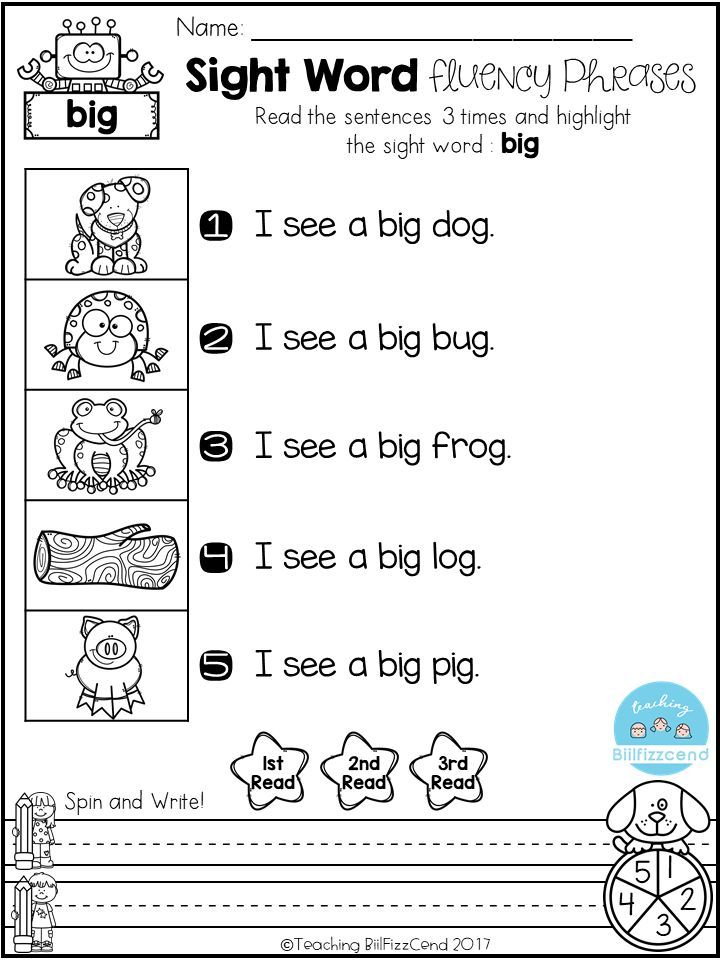 Word endings should not to be swallowed, only to speak clearly. The exercise lasts more than 30 seconds.
Word endings should not to be swallowed, only to speak clearly. The exercise lasts more than 30 seconds. 
